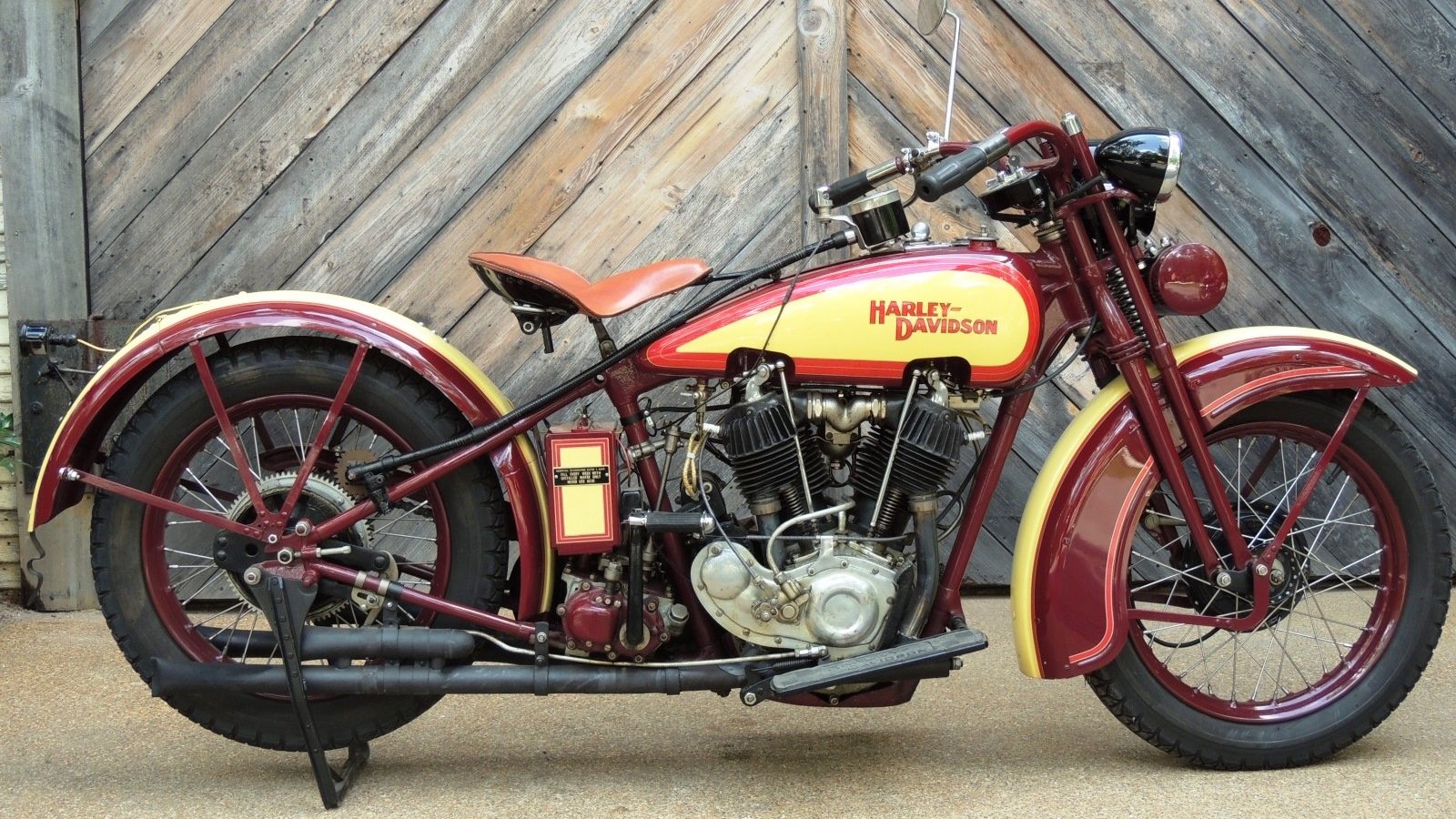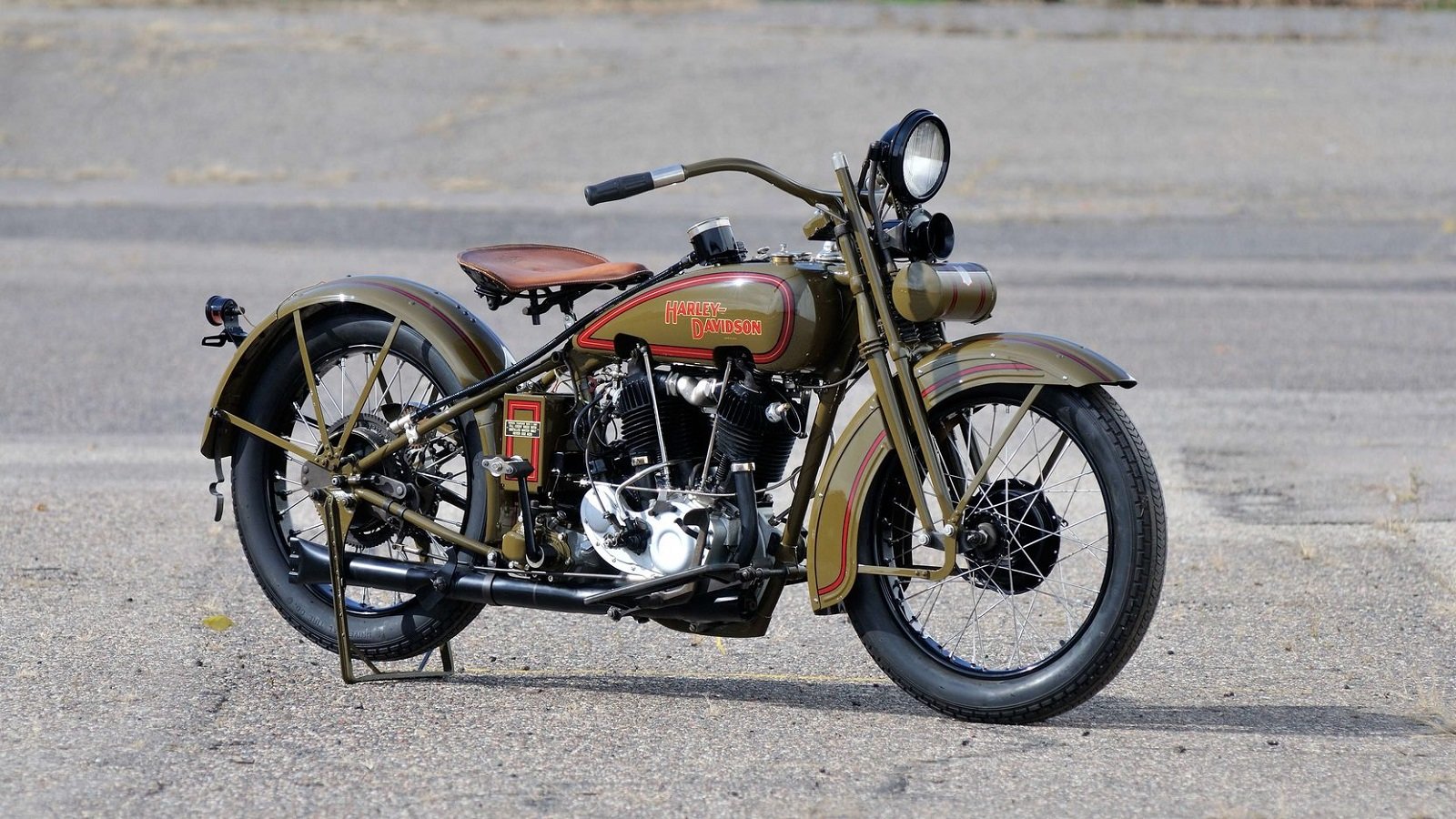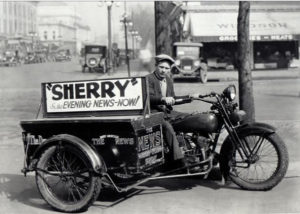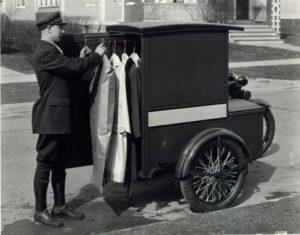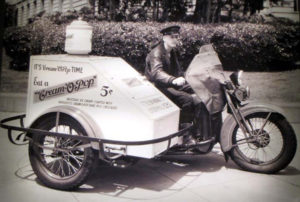History of Harley-Davidson: 1920-1929: Ain’t We Got Fun
An era of expansion, ingenuity, and the spirit of competition made the Twenties roaring.
As Harley-Davidson continues to forge new paths in innovation with the LiveWire, we take a look back at the iconic motorcycle company, decade by decade, to see how the history of H-D’s bikes and brand have shaped how we ride, and how we live, today. Here we crusie back to the roaring 1920s.
Post-WWI found Harley-Davidson as the world’s most recognized name in motorcycles. As the largest manufacturer worldwide, they were selling over 28,000 bikes a year and had over 2,000 dealers in 67 countries. Harley began using mass-production assembly lines to streamline production.
Innovation and Design
1920: Harley makes a major design change on the 20-J by switching the placement of headlight and the horn.
1922: The 74 cubic inch V-twin engine was introduced on the JD and FD series models.
1925: The first iconic “teardrop” gas tank was added to the Harley-Davidson JD motorcycle, becoming a recognizable design standard for all H-D motorcycles.
1926: Harley brings back the single-cylinder motorcycles, the first manufactured since 1918. Models A, AA, B, and BA were made with both side-valve and overhead-valve engine configurations.
1928: The front brake was added and made available on all models.
1928: The JD series motorcycles offer the first two cam engine, offering top speeds of 85 to 100 mph. The JDH becomes popular for offering racing technology to any driver.
1929: Harley-Davidson introduced the 45 cubic inch V-Twin engine, aka the “flathead.” This particular D model was manufactured until 1931, however the success and performance of the flathead continued in variations on subsequent engine models until 1973.
H-D in Pop Culture
The ’20s saw a rise in formation of motorcycle clubs for racing competitions, stunts, and bike events such as rides.
Side cars became a popular accessory, both for riders, racers. In addition to the side car, there was the package truck. Introduced in 1915, this became popular in the 1920s for commercial purposes. This was a box mounted or fit on a side car frame and used delivering goods and services. With varying design and lettering, this was the beginning of Harley customization.
But as Harley recognition grew, so did the desire for speed. These bikes could run fast and hard, and people were loving it. Track racing maintained its popularity throughout the decade. But in it’s heyday, daredevils took racing to even more extremes, employing stunts such as track board racing and yes, even motorcycle chariot racing
In 1920 a team of farmers and racers, including famed racer Ray Weishaar, dubbed themselves “hog boys”. Their mascot was a live hog, who would take a victory lap each win. Later “hog” turned into “HOG”, a name for both for Harley Owners Group, and the bikes themselves.
In 1920 Leslie “Red” Parkhurst would break 23 speed records racing on a Harley-Davidson 61 cubic inch racing motorcycle. In 1921 rider Otto Walker won a race on his Harley with an average speed of over 100 mph, a first for the sport. And by 1922 eight National Championship races were won by H-D racers.
It was also in this era that H-D expanded their relationship with law enforcement, which remains strong to this day. By the mid 1920s almost 3,000 members of law enforcement were riding Harleys on the job.
As H-D grew in popularity, consumers were drawn to the look and style of both racers and riders alike. Harley smartly began to make and sell Harley-Davidson clothing and accessories, increasing self-promotion and marketing of the brand. Harley gear became a popular buy, motorcycle fans proud to project the Motor Company’s cool, rebellious style.

